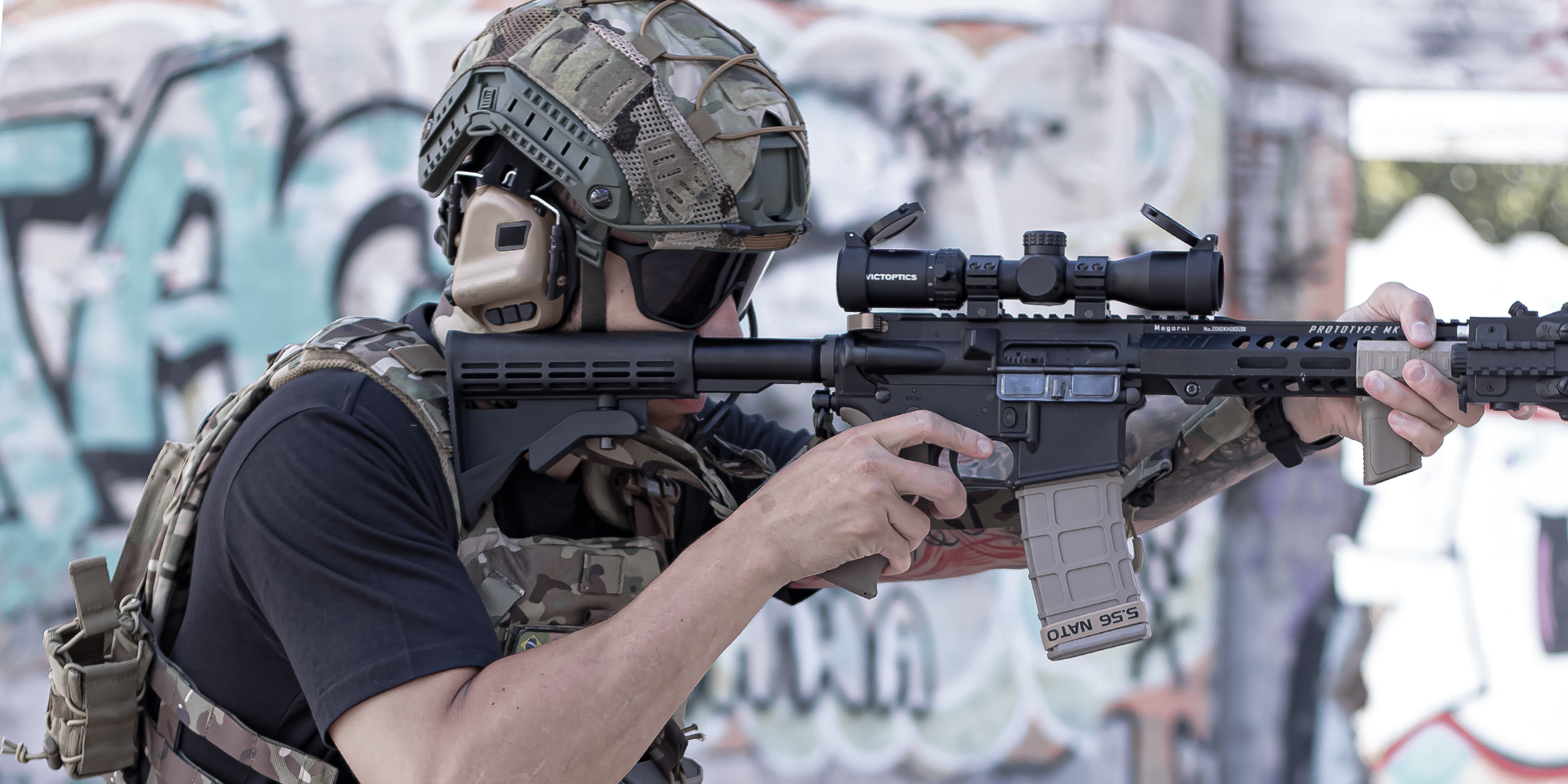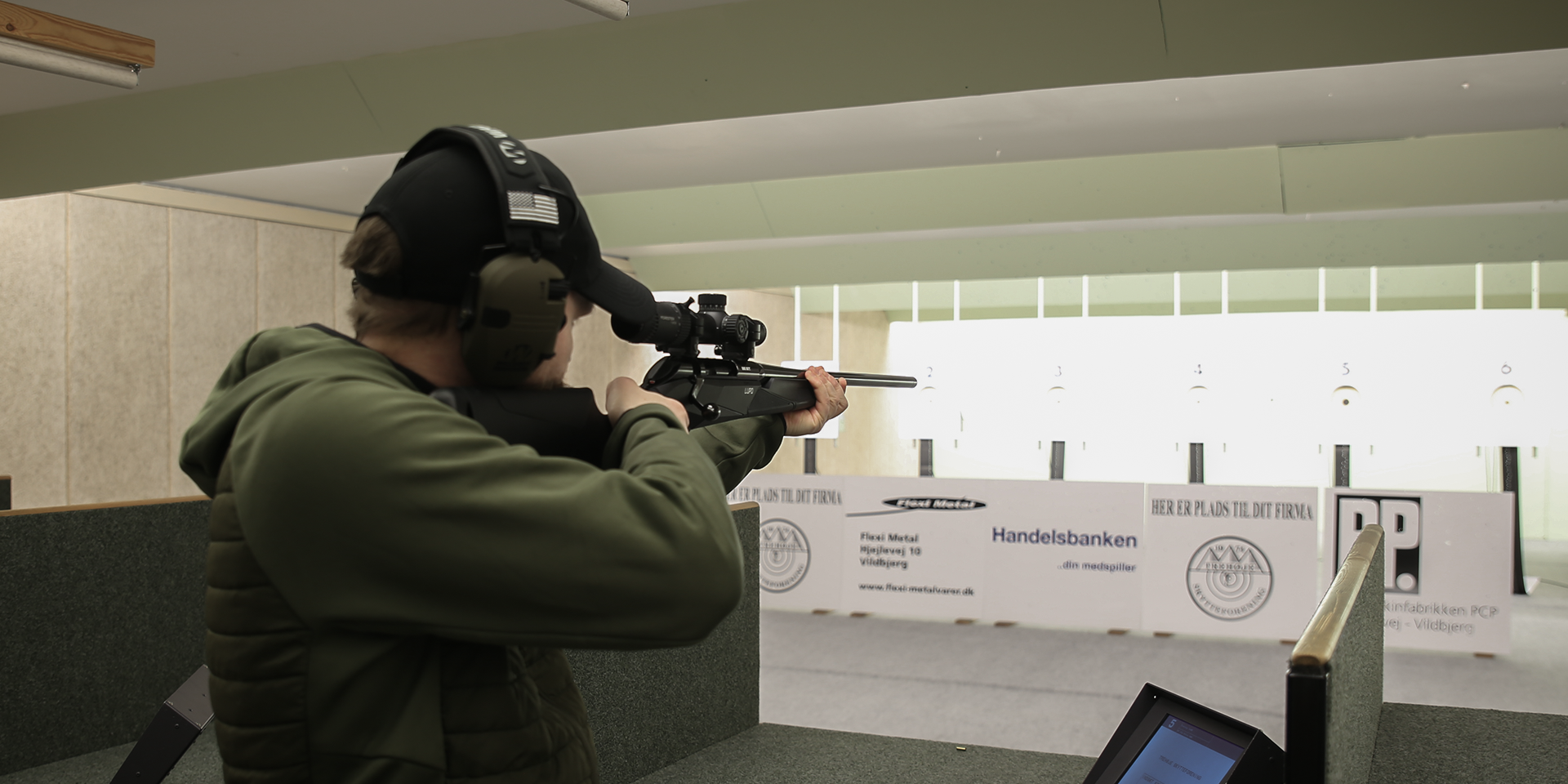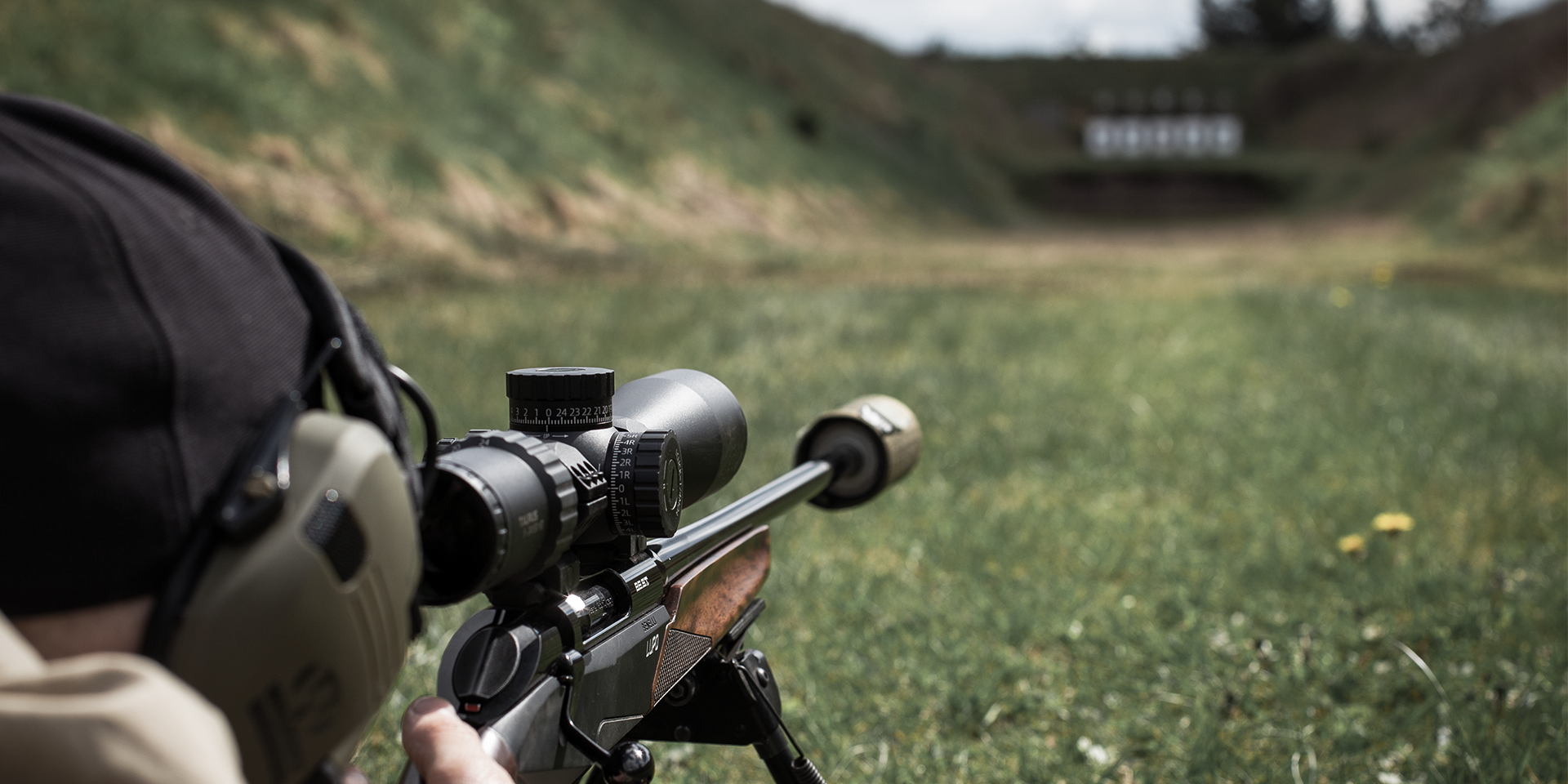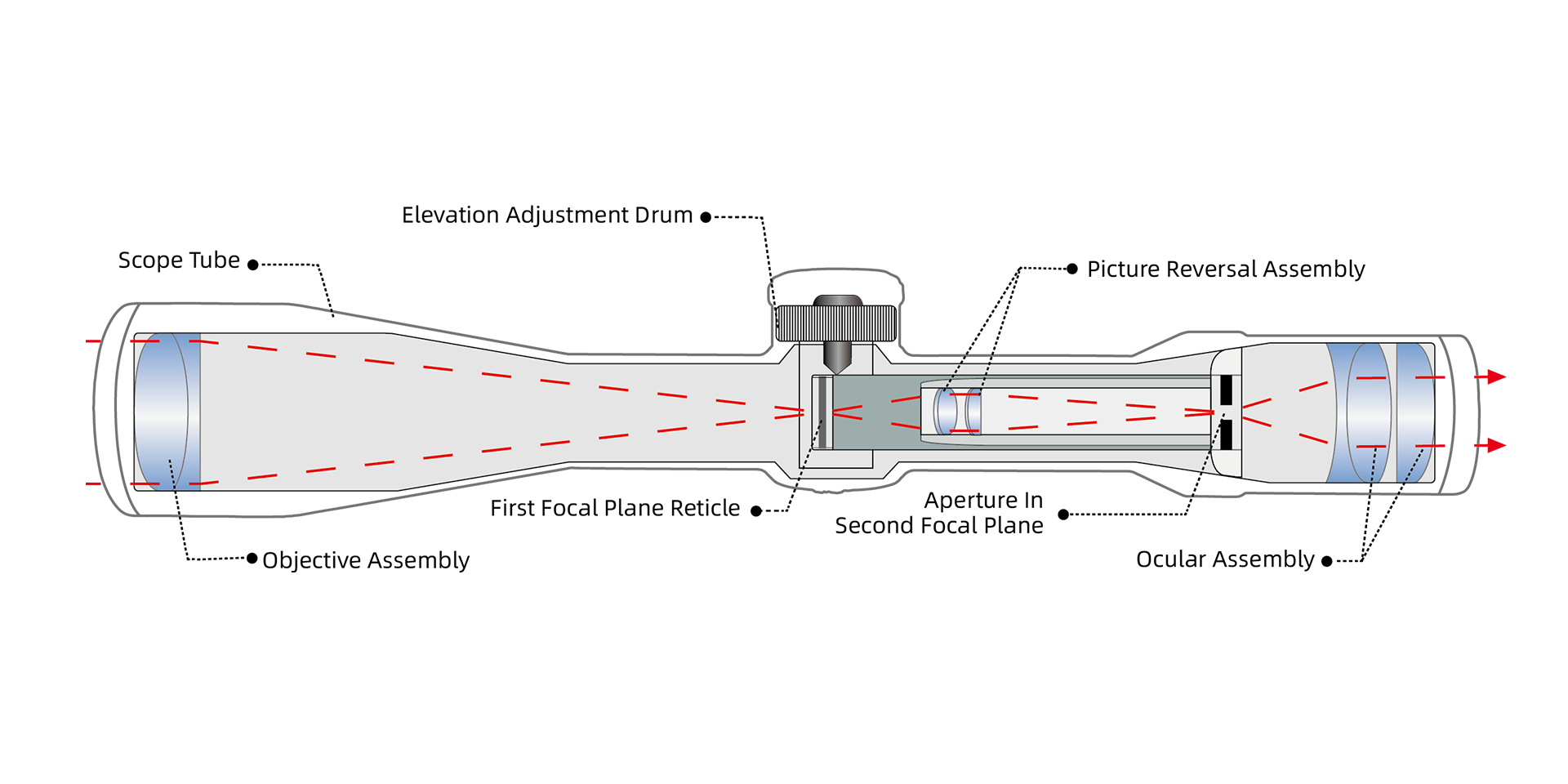Tube size is often overlooked when picking a rifle scope—most shooters focus on magnification or reticles instead. But that slim metal body between the eyepiece and the objective lens? It matters more than you think.
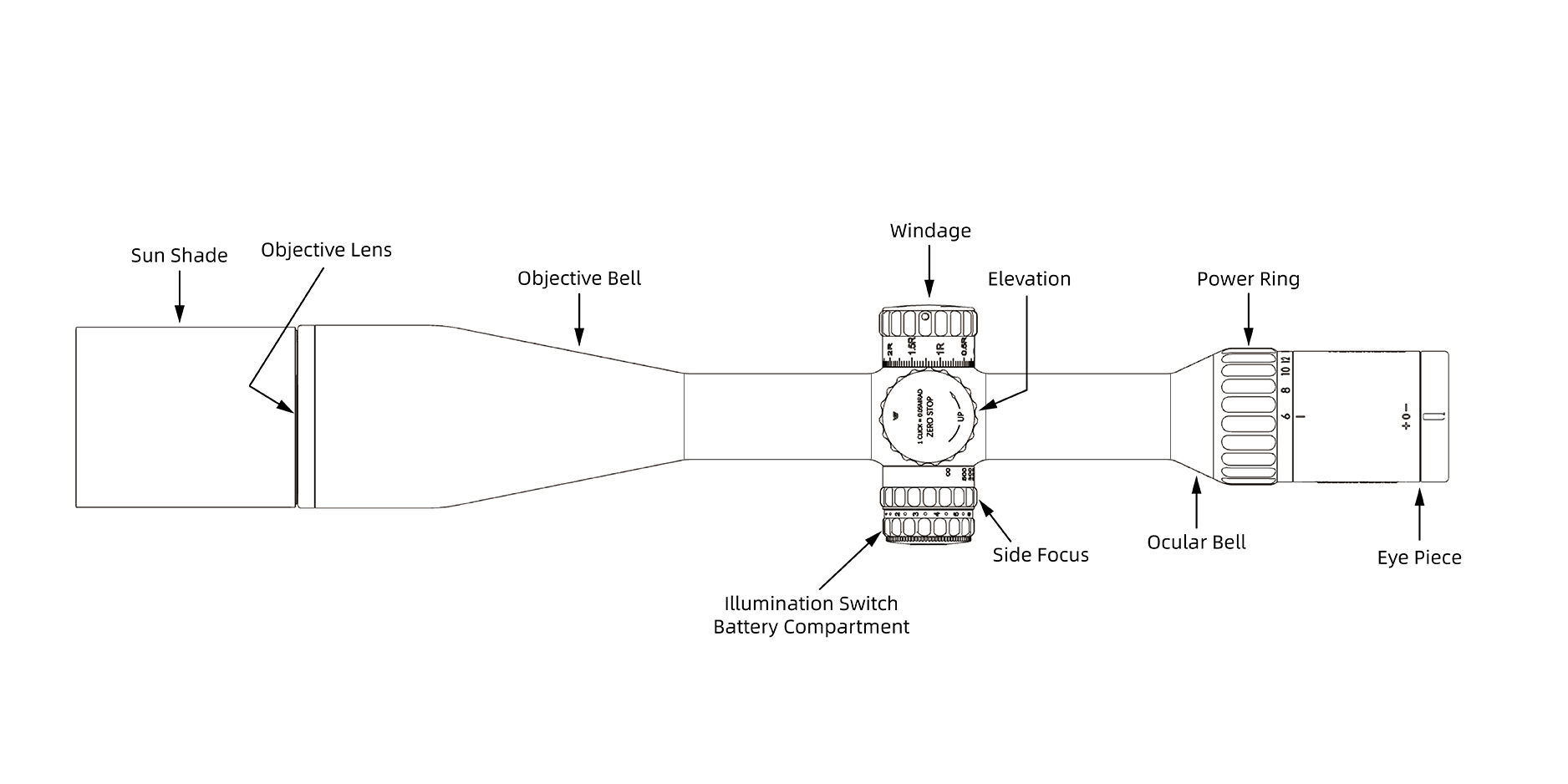
Tube diameter affects adjustment range, durability, weight, and mounting options—all of which change how your rifle feels and performs. The three most common sizes are:
- 1 inch (25.4mm)
- 30mm
- 34mm
Let’s break down what makes each one different—and help you figure out which size matches your style of shooting.
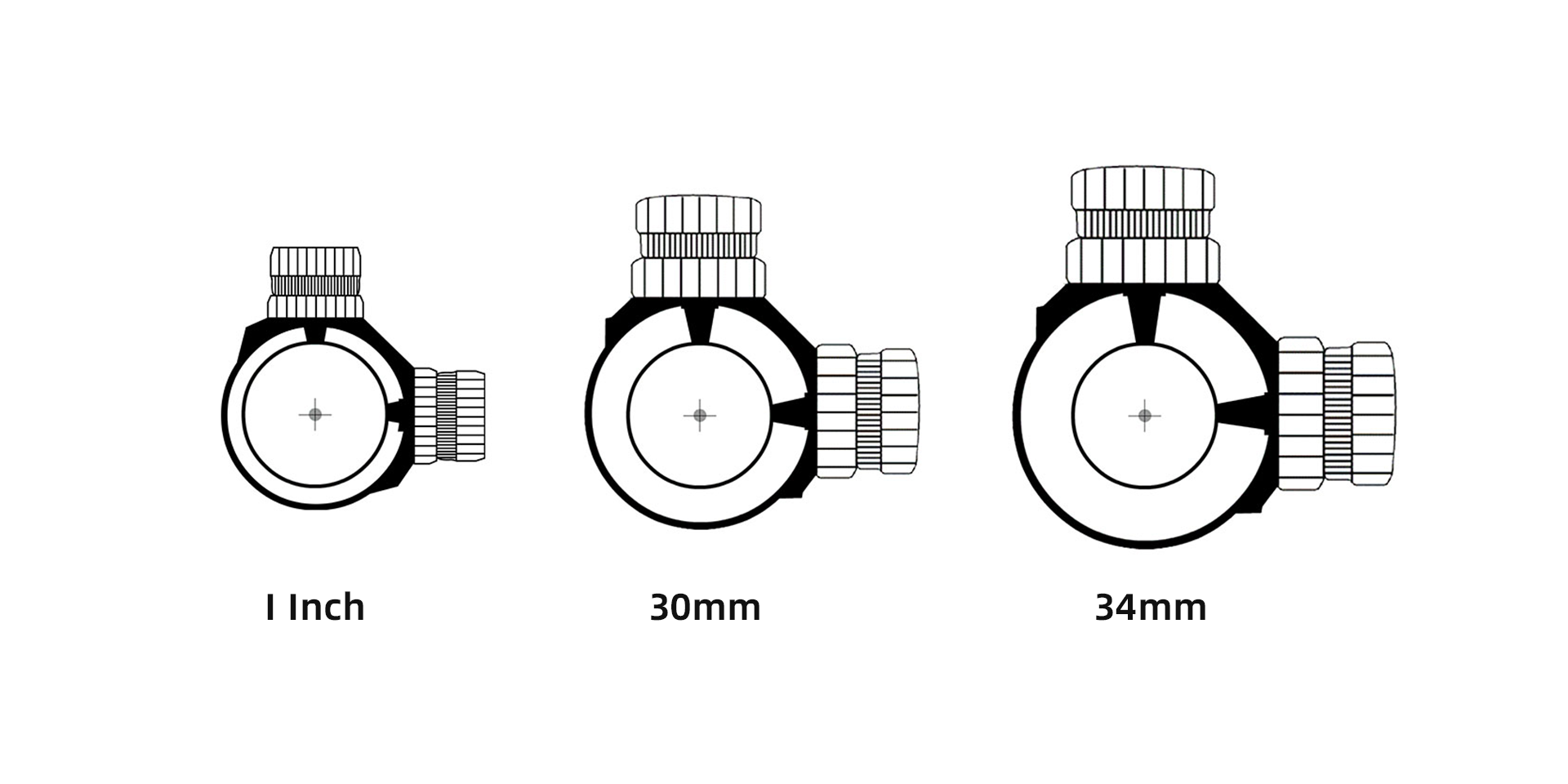
1-Inch Tubes: Lightweight Classics
If you’re into hunting or casual range shooting, the 1-inch tube is your trusty companion. It’s compact, light, and budget-friendly—perfect when you want performance without extra weight.
Why people love it:
- Super lightweight → carry it all day without noticing.
- Affordable → no need to overspend on gear.
- Tons of mounting options → 1-inch rings are everywhere.
Things to keep in mind:
- Limited adjustment travel compared to 30mm or 34mm.
- Less rugged for extreme, heavy-recoil setups.
Best for: hunters, casual shooters, and anyone prioritizing weight and simplicity over dialing crazy distances.
Looking for a modern 1-inch scope that’s light but still tough? Check out our SOI family:
Our SOI scopes keep things light and practical with a classic 1-inch tube design. The lineup offers different magnifications, objective sizes, and even AO options (have questions about AO?), so whether you are hunting or target shooting, there’s an SOI made for you.
30mm Tubes: The Modern Standard
Think of 30mm tubes as the sweet spot between tradition and high performance. They’re more durable than 1-inch tubes and give you extra turret travel, making them a favorite for precision shooters who stretch past 300 yards.
Pros:
- Greater adjustment range.
- Stronger, more durable body.
- Well-suited for precision shooting.
Cons:
- Slightly heavier and bulkier.
- A bit pricier than 1-inch.
Best for: mid- to long-range shooters who want durability and more room to dial.
34mm Tubes: Built for Extremes
If long-range competitions or pushing your rifle to extreme distances is your thing, 34mm tubes are where the magic happens. Bigger tubes mean maximum adjustment range, beefy turrets, and space for advanced reticles and optics systems.
Pros:
- Huge adjustment travel—great for extreme distances.
- Ultra-durable construction.
- Room for larger internal lenses = advanced features.
Cons:
- Heavier, bulkier, and more expensive.
- Requires specialized mounts that cost more.
Best for: PRS competitors, long-range fanatics, and shooters chasing max performance.
Does a Larger Tube Let in More Light?
Many shooters assume that a bigger tube means a brighter image—but that’s not really the case. A larger tube does give designers more room to build advanced internals, but it doesn’t directly boost light transmission. What really makes the difference are:
- The quality of the glass
- The lens coatings
- The size of the objective lens
- The overall optical design
So, when it comes to brightness, don’t pick your scope based on tube size alone.
Final Thoughts
Bigger doesn’t always mean better, and smaller isn’t always simpler. The right tube size depends on your shooting style, rifle setup, and priorities.
- Go 1-inch if you value light weight and versatility (and don’t forget to check out our SOI Series).
- Choose 30mm if you need more adjustment range and durability.
- Pick 34mm if long-range precision is your game.
At the end of the day, remember: optical quality, reticle design, and turret feel matter just as much as tube size. Choose smart, and your scope will feel like it was made just for you.
Get a Free Quote Now!
Feel free to contact us anytime to get the best prices!

